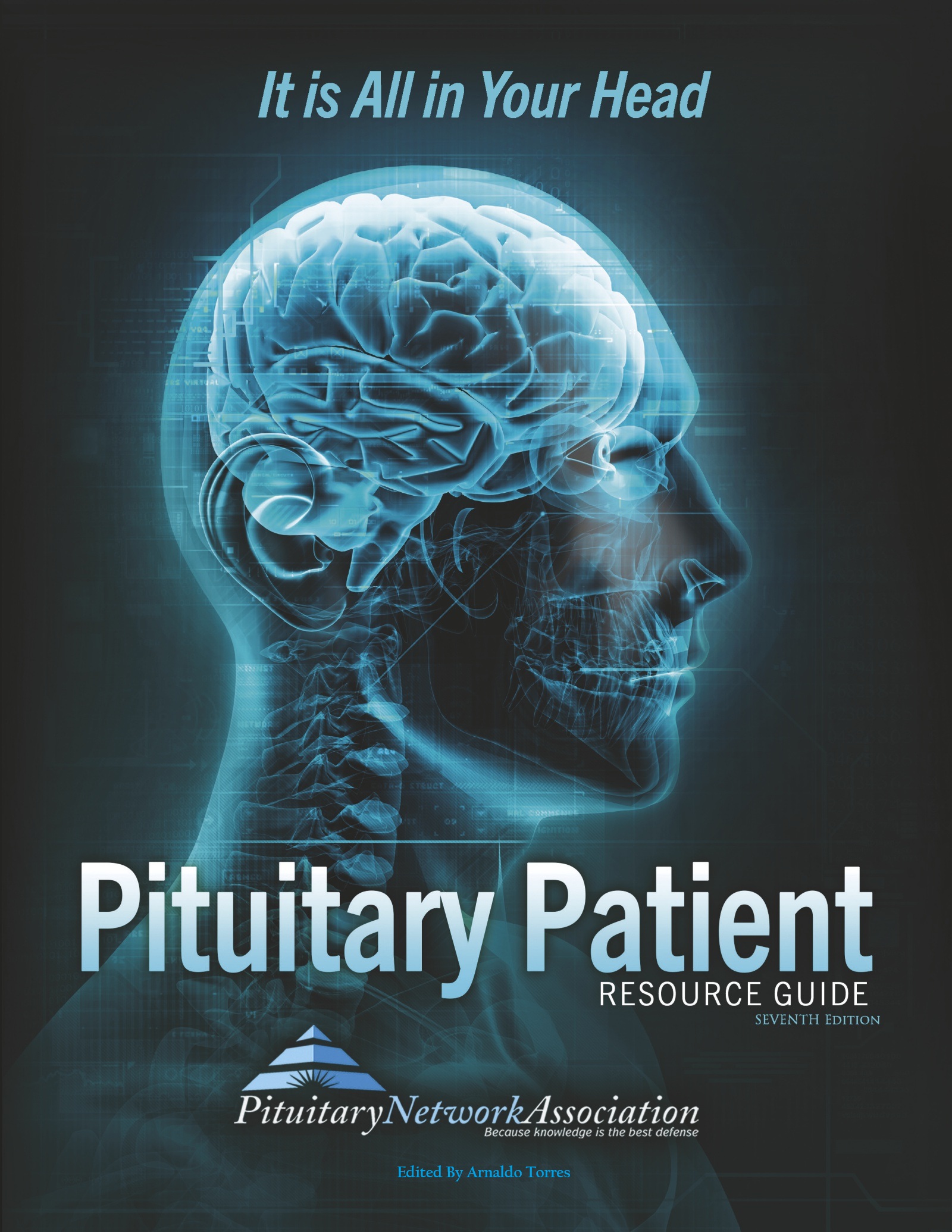Glossary Index by Letter
Milliroentgens
One-thousandth of a roentgen. The international unit of exposure for x-rays or gamma rays.
Modality
A form of application or employment of a therapeutic agent or regimen. A method of treatment. For example, surgery and chemotherapy are treatment modalities.
Monoclonal Antibodies (MAB)
A biological response modifier with unique 'homing device" properties. Chemicals or radiation tagged to the MAB may be delivered directly to tumor cells. Or, the MAB itself may be capable of tumor cell destruction.
Musculoskeletal
Relating to muscles and to the skeleton, as, for example, the musculoskeletal system. The musculoskeletal system is comprised of the skeleton, which provides mechanical support and determines shape; the muscles, which power movement; and connective tissues such as...
Mutate
Change in the genetic material (DNA) inside the cell. To change the genetic material of a cell. The changes (mutations) can be harmful, beneficial, or have no effect.
Needle Biopsy
Removal of tissue or suspensions of cells from living patients through a small needle for diagnostic examination. The removal of tissue or fluid with a needle for examination under a microscope. When a wide needle is used, the procedure is called a core biopsy. When a...
Neoplasm
An abnormal tissue that grows by cellular proliferation more rapidly than normal and continues to grow after the stimuli that initiated the new growth cease. Neoplasms show partial or complete lack of structural organization and functional coordination with the normal...
Nervous System
The entire integrated system of nerve tissue in the body The brain, brain stem, spinal cord, nerves and ganglia.
Neuron
Nerve cell; conducts electrical signals. 1) A type of cell that receives and sends messages from the body to the brain and back to the body. The messages are sent by a weak electrical current. Also called nerve cell. 2) The basic cellular units of nervous tissue. Each...
Neuroradiology
The clinical subspecialty concerned with the diagnostic radiology of diseases of the central nervous system, head, and neck. The use of medical interventional radiologic techniques in which fluoroscopic imaging is used to guide catheters in blood vessels.
Noninvasive
Denoting a procedure that does not require insertion of an instrument or device through the skin or a body orifice for diagnosis or treatment. In cancer, it describes disease that has not spread outside the tissue in which it began.
Nuclear Medicine
The clinical discipline concerned with the diagnostic and theraputic uses of radionuclides (an isotope of artificial or natural origin that exhibits radioactivity), excluding the therapeutic use of sealed radiation sources. Certain imaging procedures, including PET...
Nucleus
The center of the cell containing the genetic information (genes and chromosomes, DNA, etc.). The appearance of the nucleus is used as a criterion to determine the malignant potential of a cell or tissue.
Olfactory Bulb
Anterior projection of the olfactory lobe that is the place of termination of the olfactory nerves. One of two structures connected to the olfactory tracts to which the olfactory cells are anchored.
Olfactory Cells
Specialized cells found at the top of the nasal cavity which converts a smell detected by the olfactory hairs into tiny electrical signals. The sense of smell is part of our chemical sensing system, or the chemosenses. Sensory cells in our nose, mouth, and throat have...
Olfactory Nerves
Nerves which connect to the nostrils to provide one's sense of smell. The nerve that carries impulses for the sense of smell from the nose to the brain. The olfactory nerve is the first cranial nerve.
Olfactory Tract
The tract of nerve fibers in the olfactory lobe that passes from the olfactory bulb to the olfactory trigone. One of two structures containing neurons which carry the "smell" from the olfactory cells, where it has been converted into an electrical signal, to the area...
Oncologist
A specialist in oncology A specialist in the study or science dealing with the physical, chemical, and biologic properties and features of neoplasms (abnormal tissue growth or cancer), including causation, pathogenesis, and treatment.
Oncology
The study of cancer. The study or science dealing with the physical, chemical, and biologic properties and features of neoplasms (abnormal tissue growth or cancer), including causation, pathogenesis, and treatment.
Opaque
Impervious to light; not translucent or only slightly so Impervious to light; not translucent or only slightly so






